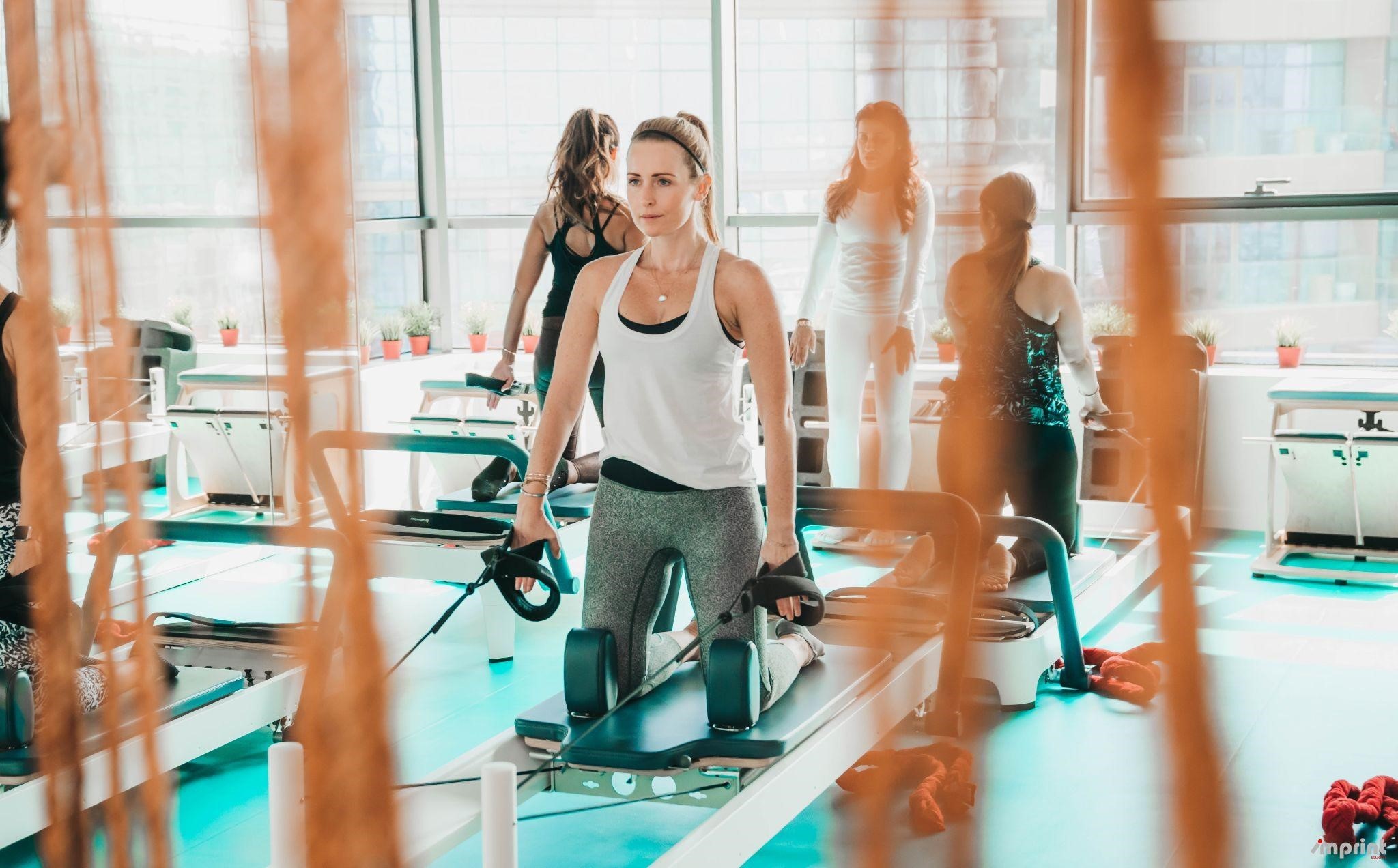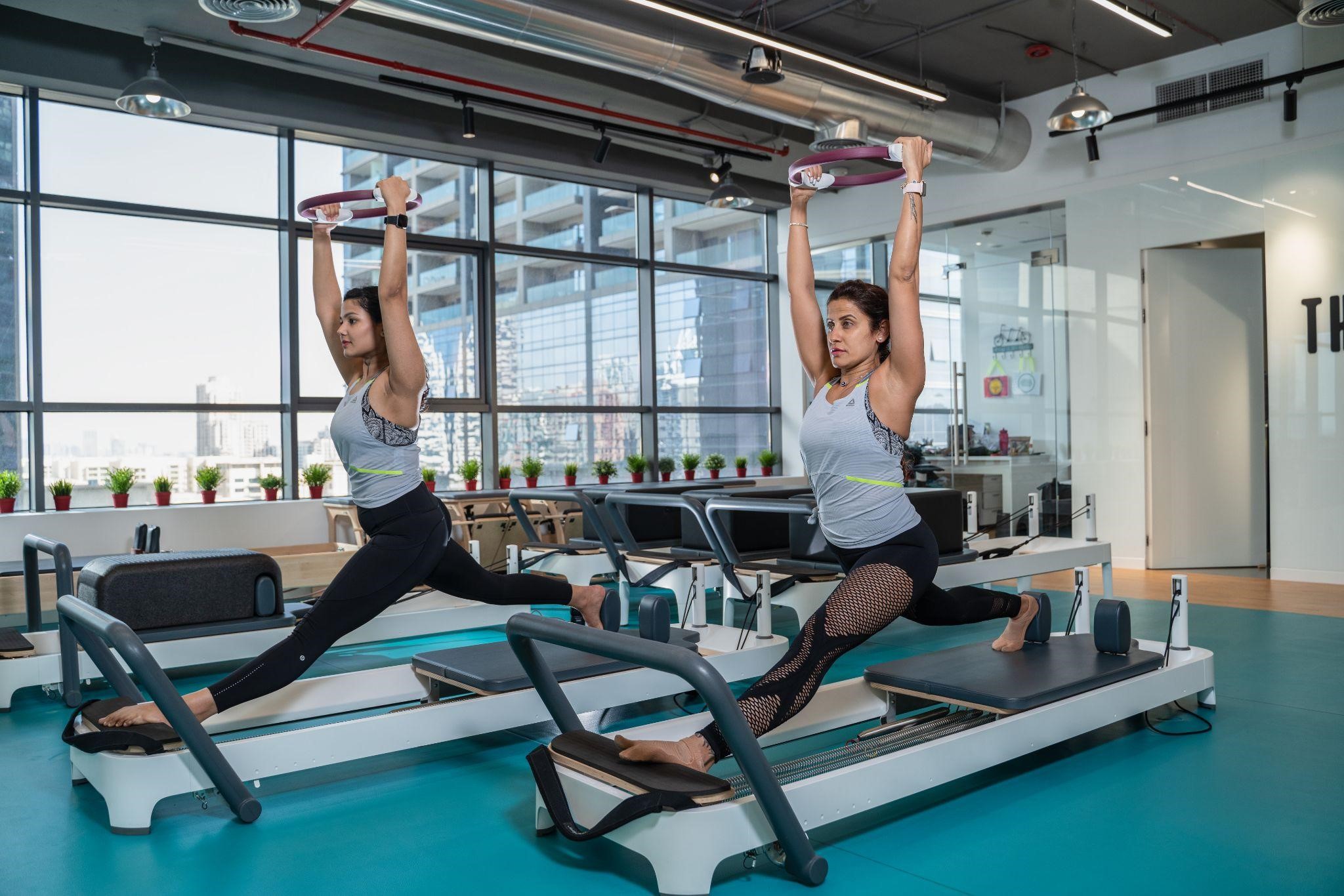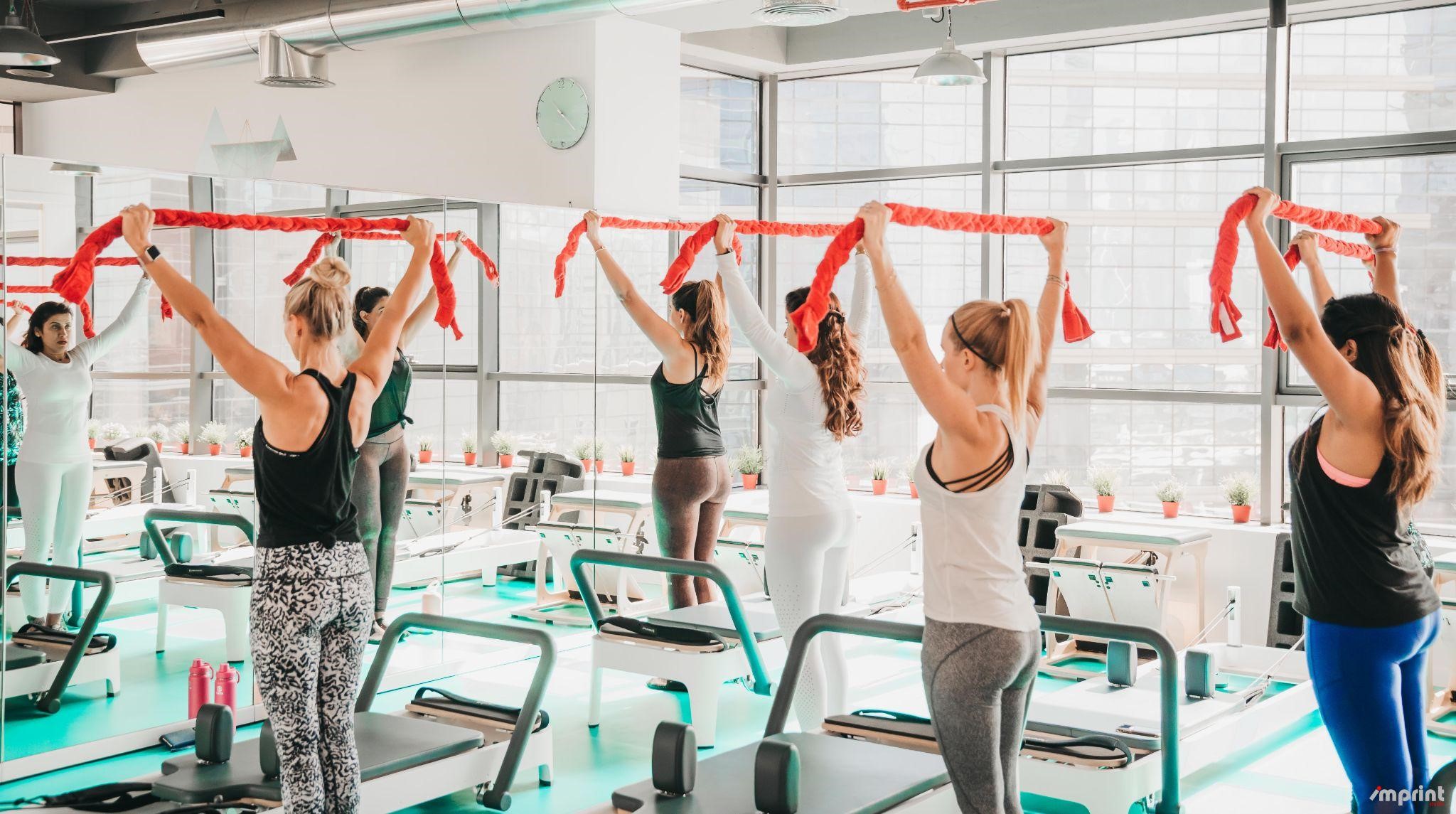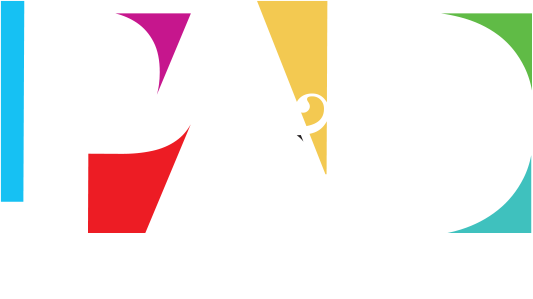
In part 1, we explored the beginner’s guide to Pilates and how to get started. In this article, we will delve into the intermediate level of Pilates — which takes a bit more time and dedication than the beginner levels.
If you’re on the intermediate level of pilates, you might wonder how to advance. Just because you can do a few things in the Pilates studio doesn’t mean you can do everything. As with any fitness program, there are some basic principles that you should know before you move on to the next level.
Step 1. Make Sure You Have Your Basics Right
Developing a solid foundation in the basic movements of Pilates is essential for advancing to more advanced levels. Beginners should take the time to learn the basics properly, including proper alignment, breathing techniques, and muscle engagement. Attempting more advanced exercises can lead to injury or ineffective practice without a strong foundation. Practising the basics consistently is essential to develop good form and control. This can involve taking beginner-level classes, practicing at home with instructional videos, or working with a Pilates instructor to fine-tune your technique.
Step 2. Get an Instructor Who Can Break Down the Moves
Working with an experienced Pilates instructor can be immensely helpful for advancing your practice. Instructors can break down complex movements into simpler components, provide personalized feedback, and ensure you use the proper form and technique. An instructor can also help you progress safely and appropriately, avoiding injury or burnout. It’s important to find an instructor who is knowledgeable, experienced, and able to tailor their instruction to your individual needs and goals.

Step 3. Understanding the Body
Understanding the body and how it moves is crucial for advancing in Pilates. A deeper knowledge of anatomy and muscle function can help you identify areas of weakness or imbalance in your body and work to correct them. This can involve studying anatomy and physiology, taking workshops or classes focused on specific areas of the body, or working with a physical therapist or other healthcare providers to address specific issues by understanding how the body moves and which muscles are involved in each movement, you can engage those muscles more effectively and improve your overall practice.
Step 4. Figure Out Your Weak Spots
Identifying your weak spots and working on them actively is important for advancing in Pilates. We all have areas of our bodies that are stronger or weaker, and focusing on balancing these imbalances can lead to more significant gains in overall strength and flexibility. This might involve doing extra work on one side of your body or targeting specific muscle groups with isolation exercises. By paying attention to your body and addressing weaknesses or imbalances, you can improve.

In The End
If you want to get into shape, you need to be doing a lot of exercises. You can’t just go from zero to hero overnight. You need to start small and build your way up slowly. Pilates is an excellent way for people of all fitness levels to get into shape. It is also one of the safest forms of exercise and can help achieve results quickly. PAD Pilates and Dance offers the best pilates classes in Dubai.
Our Pilates instructors are highly trained and experienced in the art of Pilates, so they’ll be able to guide you through your session easily. Our classes are inclusive, so beginners and professionals can join us. You don’t need any prior experience or equipment to participate in our sessions; you only need an open mind! We provide everything you need for a relaxing environment, including mats and straps to help you get started – so there’s no need for expensive equipment at home either!
